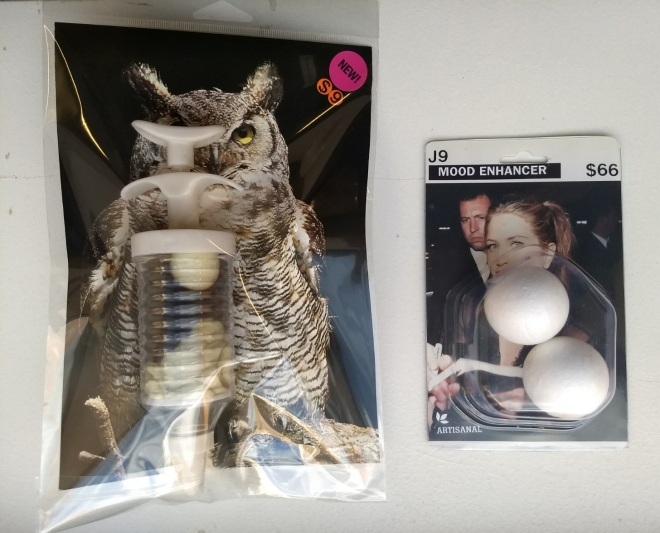For the third class we did a quick mind mapping exercise to come up with directions for the final project.

I’m happy with some of the directions that I got. The top four –
1. BioChips
As a speculative design exploration, I’m trying to ask if we can engineer integrated bacterial circuits. What if a piece of DNA was exposed to conditions that will make it randomly mutate every time it tries to repair itself? Could such a setup be used to make a true random number generator? can we design a transistor with engineered bacteria which responds differently to voltage? What would biological versions of common electronic/electrical components look like?
2. Designer baby vs prolonged death
Genetically enhanced humans is a topic that often comes up when discussing bio technology. I can’t decide which is more grave, designer babies or its evil twin, prolonged death. I am more terrified of the latter. Through this speculative exercise I wanna try and answer questions like what is the optimum age to die? And in that case, what is the most pleasant way to die if death is far removed from natural biological processes? What kind of products and services will evolve around it? how will it change our mourning rituals?
3. Scavenger DNA
Can we engineer our DNA or gut bacteria to help us digest plastic?
4. Embodied brand experience
Smell is often regarded as a powerful branding tool. It creates a more enriched and memorable experience which helps in brand recall. But what if the future of branding lies in engineered bacteria? The gut-brain-axis is a well researched and proven subject concerning a link between gut microbiota and the brain/mood. Could environmental microbiome be engineered to deliver a specific brand experience? Do businesses have the right to invade our body and mind to get us hooked? Where do we draw the line?









